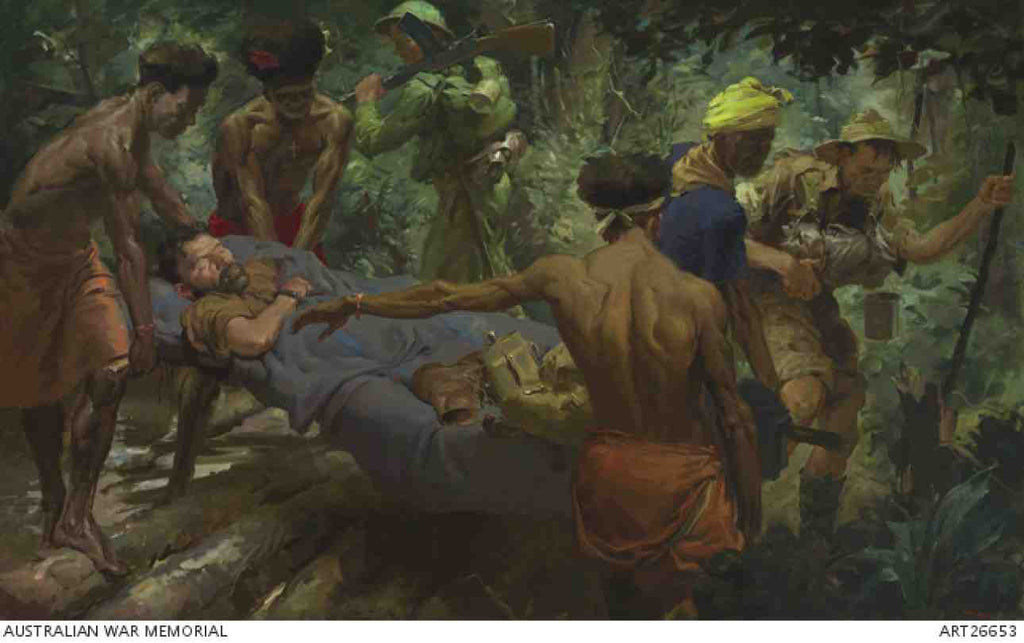John Curnow - Vet specialising in Tick Awareness, education and treatment
Francene has joined forces and is approved by the Karl McManus foundation, and retired Veterinarian (vet) Dr John Curnow B.V.Sc whose wife, also a vet, died from Tick-Borne Disease.
Excerpt from Northern Star

Vet's experience ignored
Former North Coast vet John Curnow was a pioneer in researching a tick-borne disease called babesia which posed a threat to the cattle industry in the 1960s.
It was therefore doubly tragic that Mr Curnow lost his wife, Barbara, to cancer in 2012 which he believes was severely aggravated by a tick-borne disease she contracted in 2008.
Mr Curnow said that three decades ago Australian doctors observed for symptoms of relapsing fever and treated it accordingly.
"If you treat someone in the first couple of weeks after a tick bite with antibiotics, you stop the disease," he said.
But in the 1980s the medical authorities introduced the US test for Lyme, the so-called ELISA test.
"They tested 4300 people with the ELISA test... between 1988 and 1994," Mr Curnow said.
"In America if you tested that number of people with the symptoms you would get 50% positive... here, we didn't get one positive result.
"The red light should have come on... it was not the same organism as in North America."
Mr Curnow said medical authorities should have dropped the failing ELISA test back in 1994, and gone back to treating people on their symptoms.
"They didn't do that... for the next 22 years they continued the ELISA test, had very few positive reactions... and told people like my wife you haven't got Lyme disease so you don't get treated."
Mr Curnow said medical authorities and researchers still failed to consider the myriad of borrelia species of which Lyme is only one.
"No one ever mentioned the possibility of these other species. By that stage (in 1994) there were at least 20 known (variants) of the relapsing fever known throughout the world."
John Curnow was a published veterinarian in the 1960's and 1970's.
Here are some of the publications represented in "Nature" and the "Australian Veterinary Journal":
-
Nature, vol. 217, January 20, 1968
Agglutination of Bovine Erythrocytes Infected with Babesia Argentina -
Australian Veterinary Journal., Vol. 43, August, 1967
Test for Babesia Argentina in Cattle -
Australian Veterinary Journal, Vol. 49, June, 1973
Epizootiology of Bovine Babesiosis in Nsw and Qld -
Australian Veterinary Journal, Vol. 49, June, 1973
Bovine Babesiosis in North Eastern New South Wales -
Australian Veterinary Journal, Vol. 49, June, 1973
Antigenic Differences Between Babesia Bigemina Parasites -
Australian Veterinary Journal, Vol. 49, June, 1973
Antigenic Changes and Differences in Babesia Argentina Infections - Thomas Grier (microbiologist) forward to "Bitten by the Bug" second edition
"Bitten by the Bug"
Author
John Curnow

SAVING THE PACIFIC
USING NATURAL CASE OF GERM WARFARE
By John Curnow, Vet ©

Stretcher bearers Owen Stanleys, William Dargie, 1947
Throughout history, there has been a long association between war and infectious disease. During the Second World War, our Australian troops were fighting the Japanese along the Kokoda trail in New Guinea. The torrential rains, hot humid days followed by frigid nights left the soldiers at high risk of endemic tropical diseases such as malaria transmitted by mosquitos, and scrub typhus which is caused by the larvae trombiculid mites (chiggers) All the troops were at high risk and were being put out of action by these diseases, and this was a natural case of germ warfare. Australian entomologist, Bob McCulloch developed a repellent to protect and keep these mites off the Australian troops. The Japanese didn’t have any such repellents and were severely affected by scrub typhus as well as malaria, and became so sick that their fighting capacity was reduced. Bob McCulloch won an MBE (Most Excellent Order of the British Empire) for his work in New Guinea and later became the director of the cattle tick research station at Wollongbar. He went on to prove that cattle ticks were carried by birds from Queensland to New South Wales causing tick infestations and deaths from tick fever in cattle.

